
Bunker fuel costs set to rise in 2020 even as global trade slows
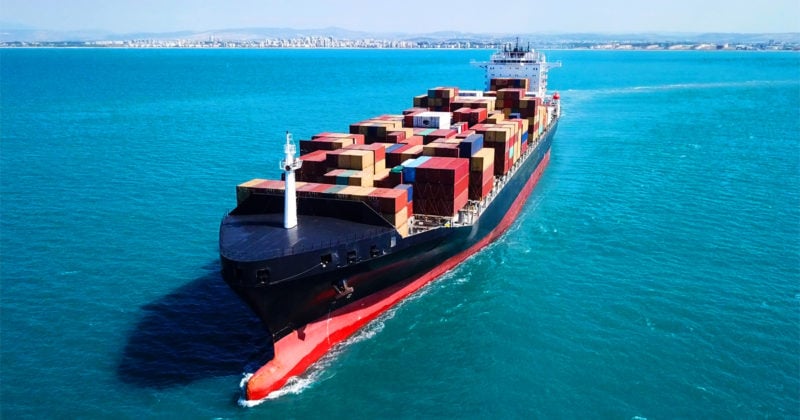
Container shipping lines and shippers are at a critical juncture as 2020 looms. Amid the uncertainty surrounding U.S.-China trade war tariffs, the top priority for container shipping stakeholders is determining which party bears the costs when bunker fuel bills surge next year.
About 50 percent of containers on the Asia-Europe trade are carried under long-term contracts which generally start in December or January.
It is now just a matter of days until January 1, 2020, when the mandatory International Maritime Organization (IMO) low-sulfur fuel regulation will come into effect. The rule states that unless some form of emission abatement technology has been installed on vessels, the sulfur content of fuel burnt by ships operating outside designated emission control areas should not exceed 0.5 percent, compared to the current 3.5 percent limit.
The new fuels cost US$200 (€182) to US$250 more per ton than high-sulfur bunkers, which would result in a significantly higher fuel bill — around an additional US$10 to US$15 billion — for container shipping next year.
For months, shipping lines have insisted that they will pass the full cost of the new fuels on to customers in the form of floating surcharges, many of which have been heavily criticized by shippers as difficult to understand or unfair.
Rising costs
As the December issue of DHL’s Ocean Freight Market Update notes, leading container lines posted an improved average operating margin of 3.6 percent in the third quarter of 2019, aided by lower bunker costs which were down 19 percent year on year.
However, with bunker costs set to almost double next year, any miscalculations could force carriers to resort to drastic cost-cutting measures such as slow-steaming and blank sailings which will impact service reliability, according to DHL.
Blank sailings have been a mainstay of container shipping for much of 2019, especially in the fourth quarter as shipping lines have sought to shore up Asia-Europe spot freight rates during contract negotiations with shippers.
According to shipping analyst Alphaliner, almost 6 percent of the global container fleet was inactive in late November. Only a minority were being retrofitted with scrubbers to enable them to continue to use high-sulfur fuels next year.
The early Chinese New Year (CNY) in 2020 has also been a factor which has given rates on most key lanes additional ballast in late November and early December. The observation, which was highlighted in the December update, stated that strong booking pipelines before CNY are supporting the General Rate Increase plans of carriers in December on the Asia-Pacific to Europe trade.
Carriers are also currently raising spot freight rate levels in the hope of a pre-CNY rush on the trans-Pacific trade from the Asia Pacific to North America. Any spike in demand would offer welcome respite for lines given that trans-Pacific trade has been hit hard by the U.S.-China trade war this year.
Slowing trade
China’s exports to the U.S. fell 23 percent in November 2019 compared to a year earlier, following year-on-year declines in previous months. Highlighting the extent of the downturn, the Port of Los Angeles, the busiest in the U.S. for ocean trade with China, also saw its inbound volumes slump 20 percent year-on-year in October.
As a result, the eastbound trans-Pacific container trade registered its first negative growth year in a decade, with a 2 percent drop expected for 2019.
“While volume growth has remained marginally positive in the first three quarters of this year despite the ongoing trade war between China and the U.S., the fourth quarter is expected to register a significant decline, with no repeat of the frontloading by shippers to avoid higher import tariffs at the end of last year,” noted the latest Ocean Freight Market Update from DHL.
For the trans-Pacific trade in 2020, much depends on the Trump administration. The next wave of tariffs on US$156 billion in Chinese goods including cell phones, toys and lap top computers are due to be enforced from December 15. Yet, even though the U.S. and China are still at an impasse on a trade deal, China removed some tariffs from U.S. agricultural exports in the first week of December.
The consensus among analysts is that the U.S. will decide to delay the December 15 tariffs while talks continue. However, after President Trump threatened Brazil, Argentina and France with tariffs in the first week of December alone, most would agree that almost any outcome in the U.S.-China trade war remains on the table.
ALSO WORTH READING
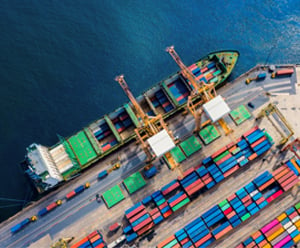
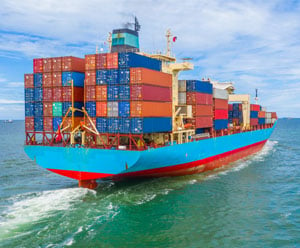


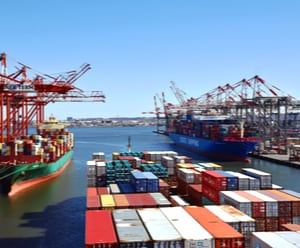


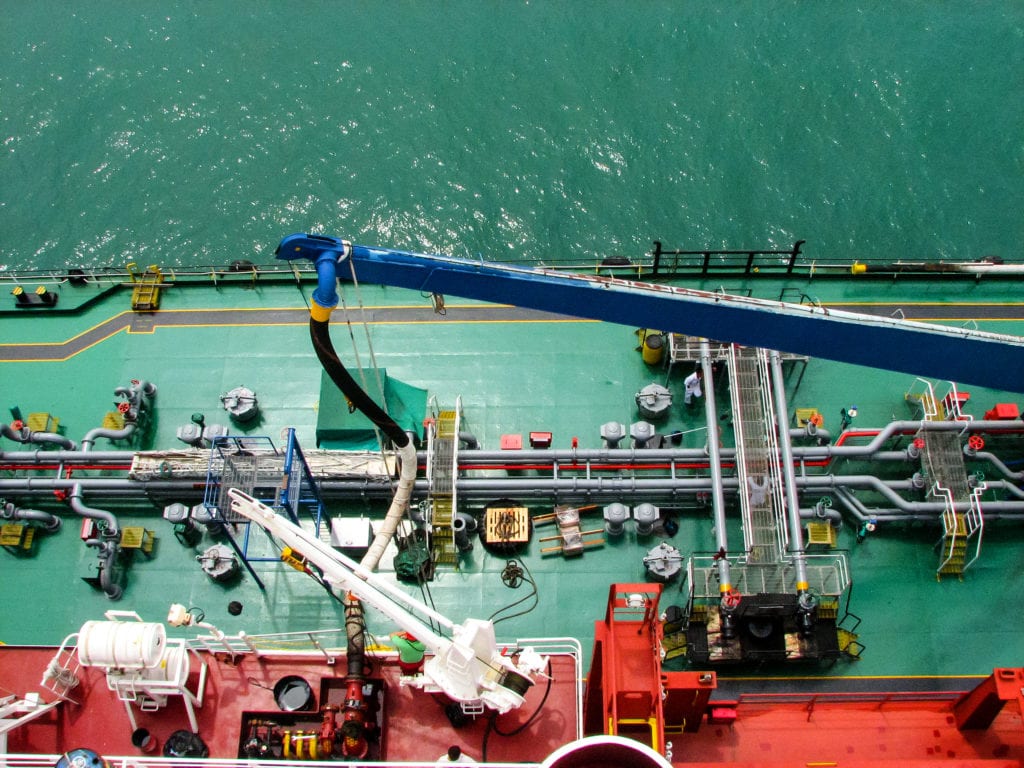
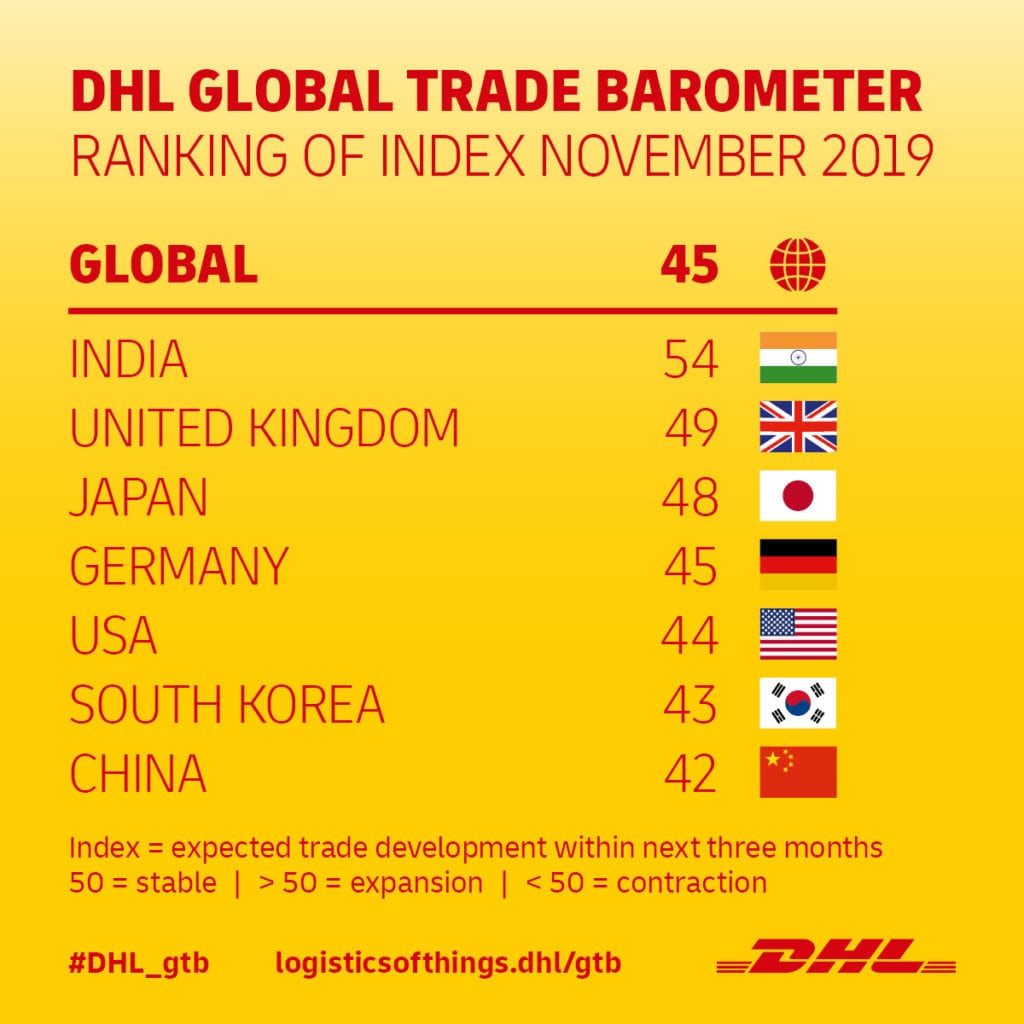




 English
English